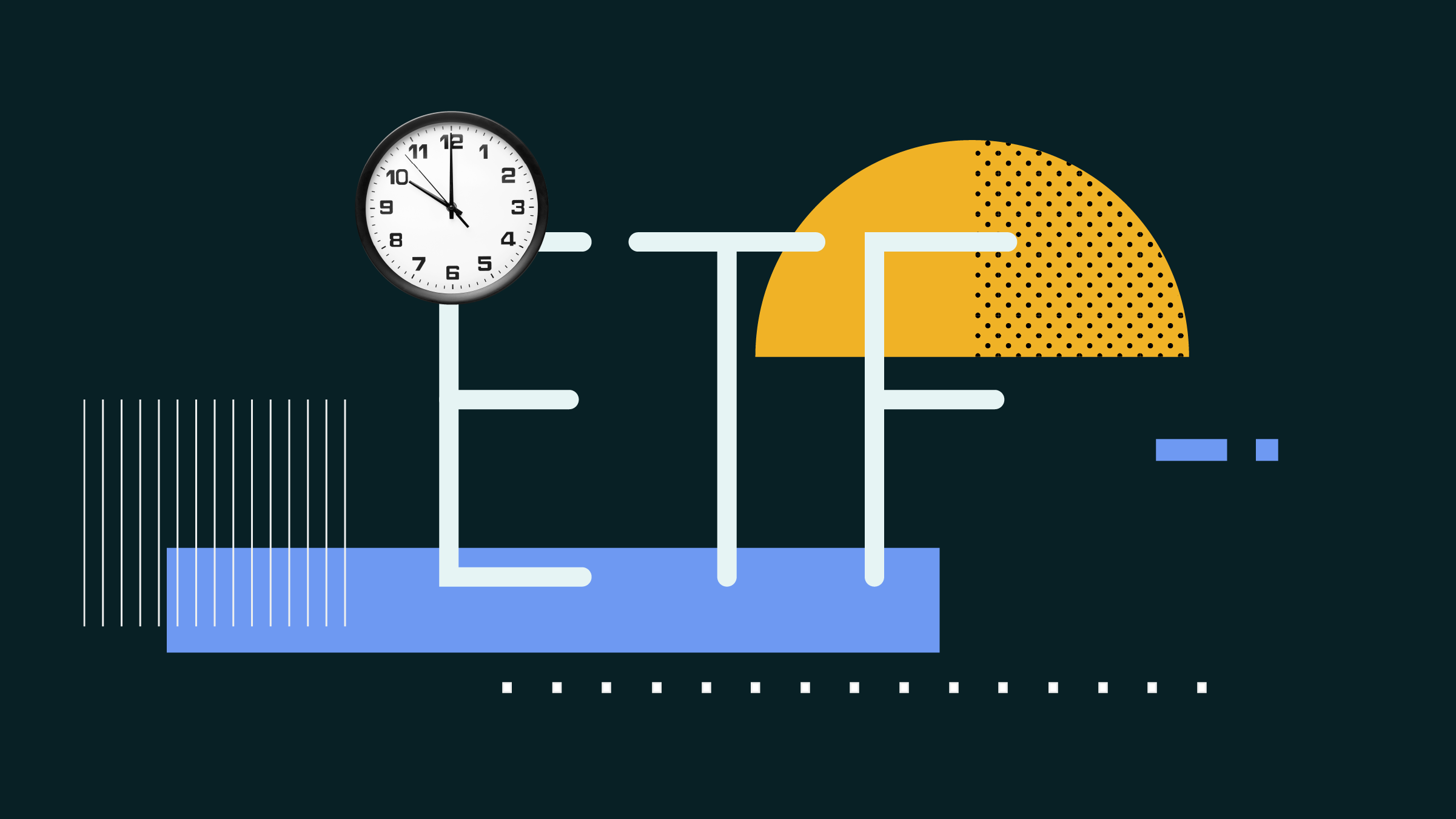
The March 1 contribution deadline to deduct last year’s income with your registered retirement saving plan (RRSP) is fast approaching. If you haven’t yet taken care of this, you might be missing out on the best parts of this essential retirement savings vehicle.
The RRSP has been Canadians’ primary savings tool for decades, but most of us procrastinate when it comes to using it, waiting until the final weeks or even days before the deadline. Truth is, a proper retirement saving strategy sees us making our annual contribution to our plans at the earliest opportunity – for 2022, that would have been last January. This allows your investment capital to grow on a tax-deferred basis to the maximum extent possible.
If you’re among the many thousands of people who leave RRSP investing until the last minute. Your planning -- and perhaps your understanding of the rules and strategies -- might not be as thorough as it could be. Here’s a rundown on what you need to know ahead of the March 1 deadline:
How Much Are You Allowed to Contribute to Your RRSP?
For 2022, the annual limit is 18% of your earned income up to a maximum contribution of $29,210. If you are a member of an employer pension plan, your limit is reduced by a pension adjustment or the amount of benefits you earned within that plan during the preceding year. If you don’t contribute up to your annual limit, the unused amount is banked as a “contribution room” for use in a future year. By the same token, you may be able to contribute more than your limit for 2022, based on any unused contribution amounts from previous years. If you contribute after March 1, the amount will only be deductible on your 2023 income tax return.
What Happens if I Contribute Too Much to My RRSP?
You are allowed to exceed your contribution room by up to $2,000 at any given time, but that amount is not deductible. Any balance in excess of your contribution room, plus $2,000, is subject to a penalty tax of 1% per month until the offside amount is withdrawn or until increases in your personal RRSP limit cover the amount of the over-contribution – in other words when your annual contribution limit increases in a new year.
Where Can I Invest My RRSP Contribution?
While banks and some other financial institutions offer cash deposits and mutual funds that are registered investments, you can instead opt to set up a self-directed RRSP, in which you can hold the following types of investments:
- Publicly traded stocks listed on a designated domestic or foreign exchange
- Mutual funds
- Exchange-traded funds (ETFs)
- Bonds
- Put and call options
- Government treasury bills
- Bank term deposits and guaranteed investment certificates (GICs)
What if I Don’t Have Money to Make an RRSP Contribution?
If you have securities in another account, you can transfer them intact to a self-directed RRSP as a “contribution in kind”. The amount of the contribution is based on the securities’ market value, which cannot exceed your contribution room. There are immediate tax consequences, however, as the transfer is considered a sale from your taxable portfolio and thus one-half of any resulting capital gain must be included as income for the year for which the contribution in kind is made. If the investment to be transferred is worth less than what you paid for it, you are not allowed to claim a capital loss for that year or in the previous three years, as per the normal capital-gains reporting rules.
Is an RRSP Necessarily the Best Way to Save for Retirement?
In most cases, yes. The combination of a substantial tax deduction and long-term deferral of tax on income and capital gains earned within the plan can add up to a healthy retirement nest egg. However, since 2009 the RRSP has had a tax-effective savings rival, the tax-free savings account. A TFSA allows you to contribute up to $6,500 during 2023, plus any contribution room from previous years. The annual limits have varied over the years and, if you have never contributed to a TFSA, the maximum amount you can put in during 2023 is $88,000. There is no contribution deadline, and you can have a TFSA for as long as you live. A key difference from the RRSP is contributions to a TFSA are not deductible and amounts withdrawn are not taxable. So, if you anticipate having a high income after retirement, a TFSA has a particular appeal. Moreover, the amount of a withdrawal is added to your cumulative contribution room, allowing you to replace that money as long as you wait until the following year to do so. You can generally hold the same kinds of investments in a TFSA as in an RRSP. More on TFSAs here (note this article refers to an old contribution of $5500 limit in 2017). In most cases, the ideal scenario is to make full use of both the RRSP and TFSA.
Do I Need to Claim a Deduction in the Year of Contribution?
No. You don’t necessarily have to claim a deduction for a new RRSP contribution right away. You are allowed to delay this until any future taxation year, presumably when your income is higher and the deduction would be more valuable.
Are RRSP Contributions Less Important as You Approach Age 71?
With RRSPs, you have until the end of the year in which you turn 71 to convert your plan to a registered retirement income fund or annuity. Otherwise, it will be deregistered and the full balance will be fully taxed in one shot – a very expensive outcome. It’s worth noting that, in your 60s, adding to an RRSP may no longer be the best strategy. What’s more, if you’ve stopped working full-time or completely, your taxable income may be significantly lower and thus it might be worth beginning to transfer assets from your plan to a taxable account well ahead of the age-71 deadline. The tax hit on early withdrawals would be less than during your higher-income working years because you’d be in a lower tax bracket. Some other considerations include:
- If you expect to receive a large inheritance in your 70s or later, depending on how that money is invested, it might result in an increase in your taxable income. This again favours removing money from your RRSP early, assuming your current taxable income is relatively low.
- The amount of new RRSP contribution room created each year will be less if your income decreases during the years preceding retirement, due to the earned-income restriction.
- If your income is likely to remain high well into your 70s, it probably makes sense to keep contributing as much as you can to your plan, thus increasing your savings both through new contributions and the continuing tax deferral.




















